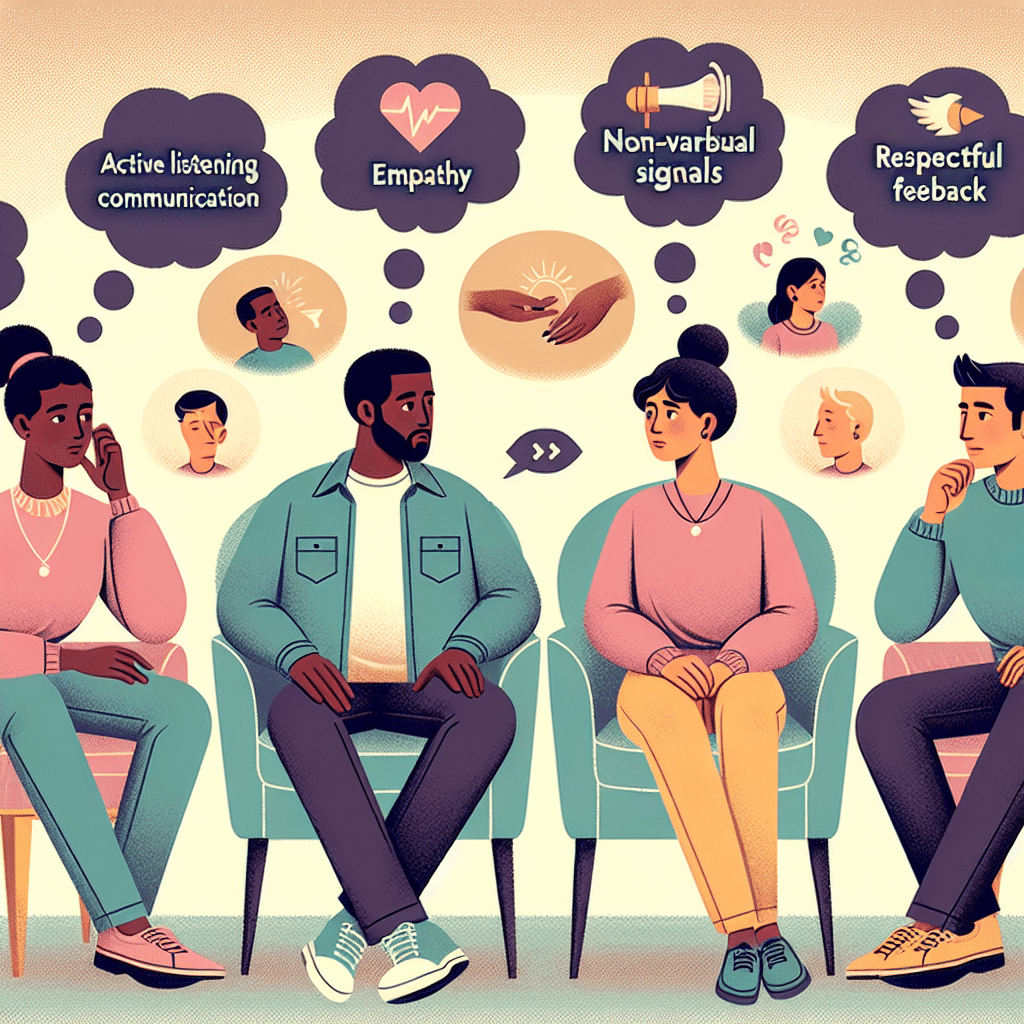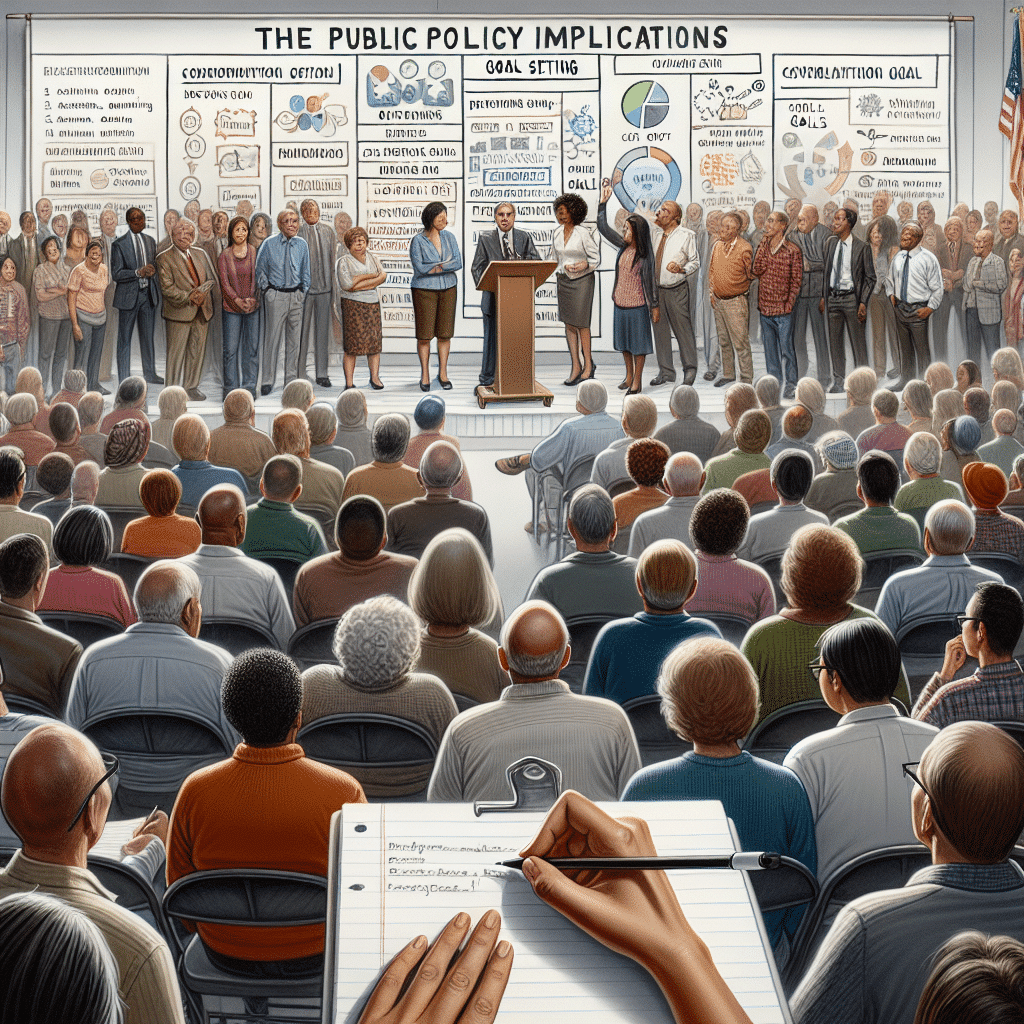
Effective communication skills are crucial for building and maintaining healthy relationships. Whether it’s a romantic partnership, friendship, or familial bond, the ability to communicate effectively ensures that both individuals feel heard, understood, and valued. Good communication skills promote intimacy, trust, and emotional connection, while also reducing misunderstandings and conflicts.
When it comes to relationships, communication is not just about the words we speak, but also the way we express ourselves non-verbally. Both verbal and non-verbal communication techniques play a vital role in conveying emotions, thoughts, and intentions effectively. By utilizing a range of communication strategies, individuals can foster understanding and strengthen their bond.
Verbal communication techniques involve using words to express thoughts, feelings, and needs. Clear and concise communication is key in order to avoid misinterpretation or confusing messages. Honesty and transparency are important aspects of verbal communication, as they help establish trust. Additionally, effective verbal communication entails active listening and providing constructive feedback.
Non-verbal communication strategies include body language, facial expressions, and tone of voice. These non-verbal cues often convey more information than verbal words alone. Paying attention to non-verbal signals is crucial in understanding the emotions and intentions of your partner. Eye contact, gestures, and facial expressions can express love, empathy, or even anger.
Active listening is a fundamental skill in relationships that allows individuals to truly understand each other. It involves giving your undivided attention, maintaining eye contact, and providing verbal and non-verbal cues that you are engaged in the conversation. Active listening requires empathy, patience, and an openness to truly hear and understand the other person’s perspective.
Conflict resolution is another important aspect of communication in relationships. Effective communication skills can help address conflicts and disagreements in a healthy and productive manner. By using clear and assertive communication techniques, individuals can express their needs and concerns while actively listening to their partner’s point of view. This can help find compromise and reach a resolution that preserves the relationship.
In conclusion, communication skills are essential for building and maintaining healthy relationships. Verbal and non-verbal communication techniques, active listening, and conflict resolution strategies all contribute to effective communication within relationships. By honing these skills, individuals can foster understanding, strengthen emotional connections, and navigate conflicts in a positive and constructive way.
Verbal Communication Techniques
Verbal communication is a crucial aspect of building and maintaining healthy relationships. It is not just about the words we speak, but how we convey our thoughts, feelings, and needs to our partners. Here are some effective verbal communication techniques that can enhance your relationships:
1. Use “I” Statements: Instead of using accusatory language or blaming your partner, express your feelings and needs using “I” statements. For example, instead of saying “You never listen to me,” say “I feel unheard when I don’t feel listened to.”
2. Avoid Assumptions: Assumptions can lead to misunderstandings and potential conflicts. Instead of assuming what your partner feels or thinks, ask open-ended questions to gain clarity and understanding. This allows for more effective communication and prevents assumptions from causing unnecessary conflicts.
3. Be Assertive: Assertiveness is an essential skill in relationships as it allows you to express yourself confidently without being overly aggressive or passive. Communicate your needs, boundaries, and concerns openly and honestly, while still respecting your partner’s perspective.
4. Validate Feelings: Acknowledging and validating your partner’s emotions can help create a supportive and understanding environment. Reflective listening and offering empathy can go a long way in resolving conflicts and strengthening emotional connection.
5. Keep an Open Mind: Be open to different perspectives and ideas, even if they differ from your own. Avoid dismissing your partner’s thoughts or beliefs. Instead, actively listen and seek to understand their viewpoint. This fosters mutual respect and encourages collaborative problem-solving.
6. Use Clear and Simple Language: To avoid misunderstandings, use clear and concise language when communicating with your partner. Avoid using jargon or complicated terms that may confuse your partner. Break down complex ideas or thoughts into simpler terms to ensure effective understanding.
7. Practice Active Listening: Active listening involves fully concentrating on what your partner is saying without interrupting or formulating a response. Show interest by nodding, maintaining eye contact, and paraphrasing their statements to confirm understanding. This shows your partner that you value their input and are actively engaged in the conversation.
By implementing these verbal communication techniques, you can foster better understanding, emotional connection, and conflict resolution in your relationships. Effective verbal communication is a fundamental skill that can enhance the overall quality of your relationships and contribute to long-lasting harmony.
Non-Verbal Communication Strategies
While verbal communication is important in relationships, non-verbal communication also plays a crucial role in conveying emotions, feelings, and intentions. Non-verbal cues can sometimes speak louder than words and have the potential to either strengthen or weaken a relationship.
One key non-verbal communication strategy in relationships is body language. Our body movements, such as gestures, facial expressions, and posture, can communicate a wide range of emotions and thoughts. For example, maintaining eye contact with your partner while they’re talking indicates that you are engaged and interested in what they have to say. On the other hand, avoiding eye contact may suggest disinterest or lack of attention.
Another important aspect of non-verbal communication is touch. Physical touch, such as hugs, kisses, and holding hands, can convey love, comfort, and intimacy. Touch has the power to strengthen the emotional bond between partners and can be used to express affection, support, or reassurance. However, it is important to respect personal boundaries and be mindful of your partner’s comfort level with physical contact.
Facial expressions are also essential in non-verbal communication. A smile can show warmth, happiness, and genuine interest in what your partner is saying. Conversely, a frown or a scowl can indicate displeasure or disagreement. It’s important to be aware of your facial expressions to ensure they align with your intended message and emotions.
Another non-verbal communication strategy is proxemics, which refers to the use of personal space. Different individuals have different comfort levels when it comes to personal space, and understanding and respecting these boundaries is crucial. For example, invading your partner’s personal space during a disagreement may contribute to an escalation of tension and hinder effective communication.
Non-verbal cues can also be conveyed through tone of voice and vocal cues. The way you say something can communicate a lot about your attitude and emotions. Speaking in a calm and gentle tone can help diffuse conflict and create a more supportive environment for open communication. Conversely, raising your voice or using harsh language can escalate conflicts and damage the quality of communication.
In conclusion, non-verbal communication is a vital aspect of effective communication in relationships. It is important to pay attention to our body language, touch, facial expressions, personal space, and vocal cues to ensure that our non-verbal communication aligns with our verbal communication. By being mindful of our non-verbal cues and actively working on improving our non-verbal communication skills, we can enhance understanding, trust, and emotional connection in our relationships.

4. Active Listening in Relationships
Effective communication in relationships goes beyond just speaking and expressing oneself. Active listening is a crucial component that can significantly enhance communication skills and strengthen relationships. Active listening involves paying full attention to the speaker, understanding their perspective, and responding in a way that shows empathy and validation. Here are some strategies for practicing active listening in relationships:
4.1 Give Your Full Attention
When your partner is speaking, make a conscious effort to give them your undivided attention. Put away distractions such as your phone or TV, and focus solely on what they are saying. Maintaining eye contact and nodding occasionally to show that you are engaged can also demonstrate your active listening.
4.2 Show Empathy and Understanding
Empathy plays a vital role in effective communication. Put yourself in your partner’s shoes and try to understand their feelings and emotions. Show empathy by acknowledging their emotions and validating their experiences. Phrases such as “I understand how you feel” or “That must be really difficult for you” can help convey your empathy.
4.3 Reflect and Clarify
To ensure that you have understood your partner correctly, reflect their words and feelings back to them. Paraphrasing and summarizing what they have said shows that you are actively listening and that you value their perspective. It also provides an opportunity to clarify any misunderstandings and reinforces that you are genuinely interested in their thoughts and feelings.
4.4 Avoid Interrupting
Interrupting your partner while they are sharing their thoughts can be detrimental to effective communication. Allow them to finish speaking before responding and avoid interjecting with your own thoughts or opinions. Interrupting can make your partner feel disregarded and prevent them from fully expressing themselves.
4.5 Validate and Respond Appropriately
Validation is essential in active listening. Show that you value your partner’s opinion by acknowledging their point of view, even if you may not entirely agree. Responding with respect, kindness, and patience can foster open and honest communication in relationships. Avoid being defensive or dismissive, as that may create barriers to effective communication.
In conclusion, active listening is a crucial aspect of effective communication in relationships. By giving your full attention, showing empathy and understanding, reflecting and clarifying, avoiding interruptions, and validating and responding appropriately, you can strengthen your bond and create a more fulfilling and harmonious relationship with your partner.
Conflict Resolution through Effective Communication
Effective communication plays a crucial role in resolving conflicts in relationships. It allows individuals to express their opinions, emotions, and concerns in a constructive manner, leading to a better understanding and resolution of issues. Here are some key strategies for conflict resolution through effective communication.
1. Maintain Calm and Respect
During a conflict, it is essential to remain calm and respectful towards your partner. Avoid raising your voice or using offensive language, as it can escalate the situation and hinder effective communication. Instead, focus on using a calm and respectful tone when expressing your thoughts and feelings.
2. Use “I” Statements
By using “I” statements, you can take responsibility for your own feelings and experiences instead of blaming your partner. This approach helps to avoid defensiveness and encourages open and honest communication. For example, instead of saying “You never listen to me,” say “I feel unheard when I try to express my thoughts.”
3. Seek Understanding
Listen actively to your partner’s perspective and try to understand their point of view. Avoid interrupting or dismissing their feelings or opinions. Instead, ask clarifying questions and paraphrase what they have said to ensure you comprehend their viewpoint correctly. This shows respect and increases the likelihood of finding common ground.
4. Find Compromise
Aim to find a compromise that satisfies the needs and desires of both individuals involved in the conflict. This may require brainstorming and being open to alternative solutions. Avoid insisting on having things your way and be willing to negotiate. Remember, effective communication is about finding a mutually beneficial resolution.
5. Practice Forgiveness and Empathy
Forgiveness and empathy are essential components of conflict resolution. By understanding and empathizing with your partner’s feelings and experiences, you can foster a sense of connection and compassion. Additionally, forgiveness allows both individuals to let go of past resentments and move forward in the relationship.
Remember, conflict is a natural part of any relationship. However, by utilizing effective communication techniques, conflicts can be addressed and resolved in a healthy and productive manner. Developing strong communication skills not only strengthens your relationship but also promotes overall relationship satisfaction and happiness.

Summary:
Effective communication skills are crucial in maintaining healthy and fulfilling relationships. By actively listening and employing both verbal and non-verbal communication techniques, individuals can enhance their understanding and connection with their partners. Moreover, the ability to resolve conflicts through effective communication promotes harmony and ensures that both parties feel heard and validated. Therefore, developing and honing communication skills is essential for fostering strong and successful relationships.






